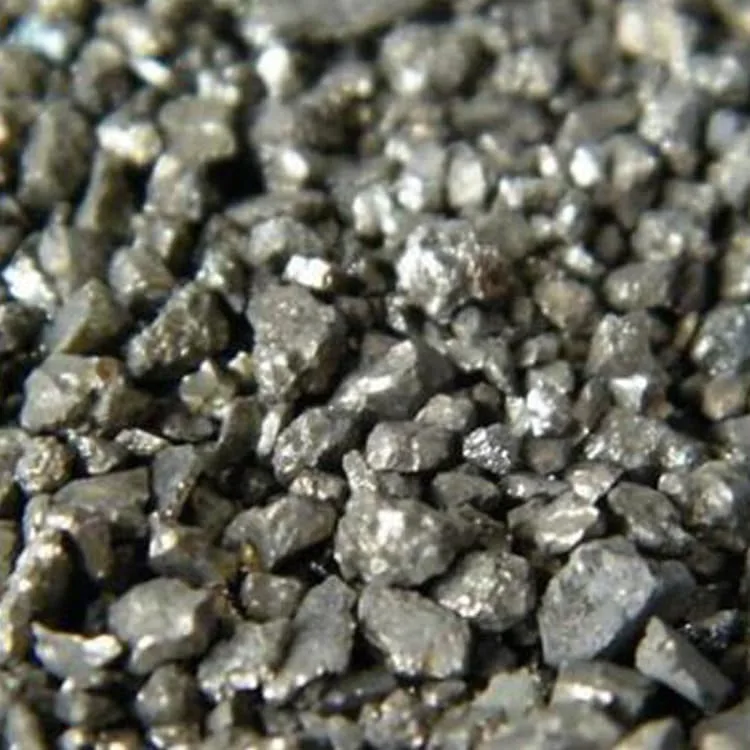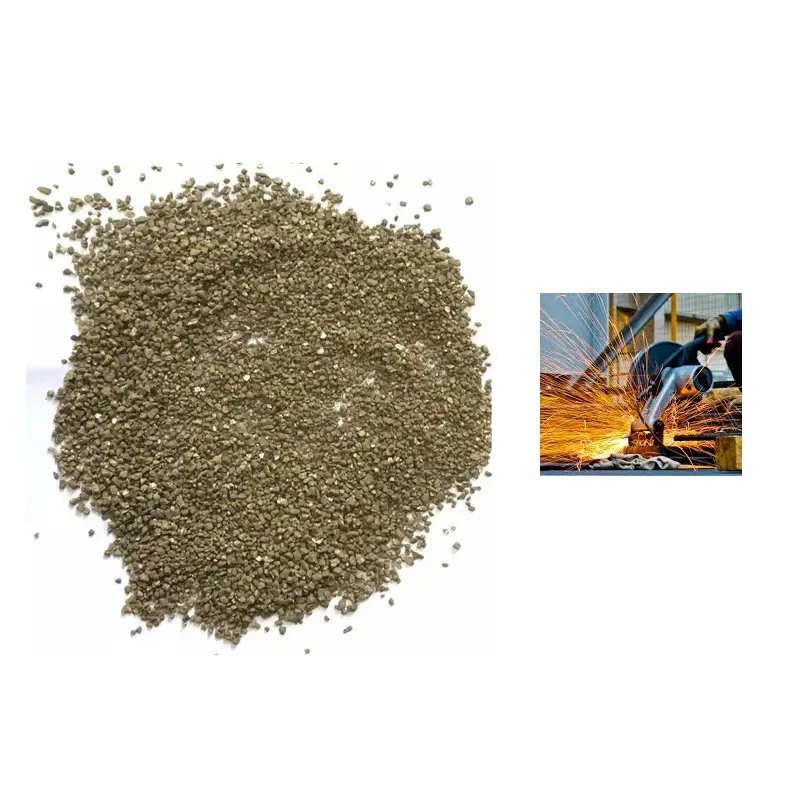About Pyrite: Everything You Need to Know
Release time: 2025-07-28
Pyrite, also often called “fool’s gold”, is named for its golden appearance and certain physical properties. It is a common sulfide mineral, the chemical composition of which is mainly iron sulfide (FeS₂), and it is one of the most common sulfide minerals on earth. Pyrite is widely distributed in nature and is usually found in sedimentary rocks, igneous rocks and metamorphic rocks, especially in coal mines, copper mines, gold mines and lead-zinc mines. Its presence plays an important role in indicating the formation of mineral deposits.
Physical properties of pyrite
Pyrite is a hard mineral with a hardness of about 6 to 6.5, which makes it a medium hardness in the mineral classification. It has a high density of about 5.0 to 5.2 g/cm3. Pyrite is usually golden or brassy in color and has a metallic luster. It is named “fool’s gold” because it is often mistaken for gold because of its appearance. Its crystal structure is cubic, and its common forms are cubes, octahedrons and dodecahedrons. The surface is smooth and highly reflective, often giving people a glittering visual effect.
A notable characteristic of pyrite is its brittleness, which is easy to break and presents sharp edges. In addition, pyrite is sensitive to heat and produces strong sparks when encountering a fire source, which is also an important sign for miners to identify pyrite when mining. Pyrite is insoluble in water, but it reacts with acid under acidic conditions to release hydrogen sulfide gas, which is somewhat toxic.
Formation of pyrite
Pyrite is mainly formed by chemical reactions. Its formation process usually occurs in an environment rich in sulfur and iron, especially under high temperature and high pressure conditions deep in the earth’s crust. The formation conditions of pyrite are similar to those of other sulfide minerals, and usually require the presence of sulfide and iron sources. The mineralization process of pyrite can take place in a variety of environments. It can be generated in volcanic rocks or sedimentary rocks, or it can be re-formed in metamorphism deep in the earth’s crust.
Some studies have shown that the formation of pyrite may be related to biological action, especially in some sulfur-rich environments, where the activity of microorganisms may promote the formation of sulfide minerals. For example, sulfur-reducing bacteria can promote the deposition of pyrite by reducing sulfate to produce sulfide.

Application of pyrite
Although pyrite does not have the economic value of gold, it still has many uses in industry. One of the most important applications is as a raw material for sulfuric acid. After high-temperature treatment, pyrite can be decomposed into sulfur and iron oxide, and sulfur can be used to produce sulfuric acid, which is a very important chemical raw material in industry. In addition, pyrite can also be used to extract iron, especially in some low-quality iron ores, where pyrite often appears as a secondary mineral in the ore.
In ancient times, pyrite was also used as a raw material for gunpowder, especially in the early production of gunpowder, pyrite was often used to provide a source of sulfur. At the same time, its luster and color also make it one of the raw materials for decorations. In some cultures, pyrite is used as a mascot or amulet, and it is believed that it can bring good luck.
Environmental impact of pyrite
Although pyrite has certain industrial value, its presence in the natural environment may also bring some negative effects. During the natural oxidation process of pyrite, acid mine drainage is produced. These acidic waters will lead to the acidification of soil and water bodies around the mining area, which will have a serious impact on the ecosystem. This phenomenon is called “acid mine drainage” and is a problem that many mines must face.
In addition, the hydrogen sulfide gas released during the oxidation process of pyrite is also toxic, which may threaten the health of workers in the mining area. Therefore, effective environmental protection measures need to be taken to reduce its pollution to the environment during mining and pyrite extraction.
Scientific research on pyrite
Pyrite not only plays an important role in mineralogy, but also plays an important role in the research of many fields such as geology and astronomy. Geologists can infer the environmental conditions and climate changes of the ancient earth by studying the distribution and genesis of pyrite. For example, the existence of pyrite is closely related to the changes in oxygen concentration in the earth’s atmosphere in certain periods. Scientists can reconstruct the ancient environment by analyzing the isotopic composition of pyrite.
In astronomy, the study of pyrite also provides important clues for understanding the mineral composition of other planets. For example, some characteristics of pyrite are similar to some minerals on the surface of Mars, which provides evidence for scientists to speculate on the possible ancient environment on Mars.
Conclusion
In general, as a common sulfide mineral, although pyrite does not have the economic value of gold, its unique physical properties and wide application make it important in industry, environment and scientific research. Although pyrite may have a certain impact on the environment, these negative effects can be minimized through scientific mining and processing. With the development of science and technology, the study of pyrite will provide us with more valuable information about the history of the earth and the mysteries of the universe.


